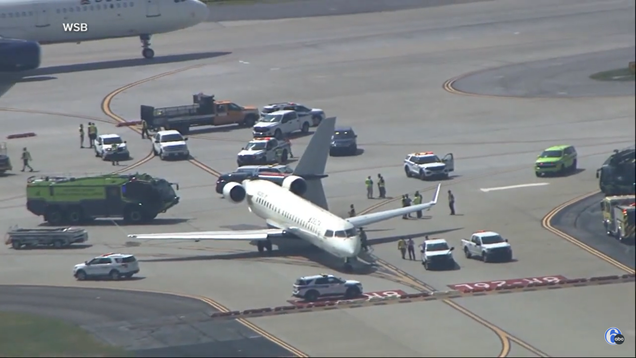
Air Traffic Controllers: The Choreographers of the Skies
Airports may appear chaotic, but behind the scenes, a carefully orchestrated dance takes place to ensure the safe arrival and departure of aircraft. However, even with meticulous planning, unforeseen incidents can occur, as was the case this week when two Delta planes collided on the tarmac at Atlanta’s airport.
The Complexity of Air Traffic Control
Contrary to popular belief, air traffic control is a highly intricate process that requires skill, precision, and split-second decision-making. Air traffic controllers play a vital role in guiding planes to their destinations and maintaining a smooth flow of air traffic.
Ensuring Safe Landings and Takeoffs
One of the primary responsibilities of air traffic controllers is to coordinate the arrival and departure of aircraft. They use radar systems, communication devices, and their expertise to ensure safe landings and takeoffs.
Managing Airspace
Air traffic controllers are responsible for managing the airspace around airports. They carefully monitor the movement of planes, ensuring that they maintain a safe distance from each other to prevent collisions.
Communicating with Pilots
Clear and concise communication is crucial in air traffic control. Controllers provide pilots with instructions regarding altitude, speed, and direction, ensuring that planes maintain proper spacing and follow designated flight paths.
Unforeseen Incidents
Despite the meticulous planning and coordination, unforeseen incidents can occur. This week, two Delta planes collided on the tarmac at Atlanta’s airport, causing damage to their tails. Investigations are underway to determine the cause of the incident and prevent similar occurrences in the future.
For more information on this incident, read the full article here.


